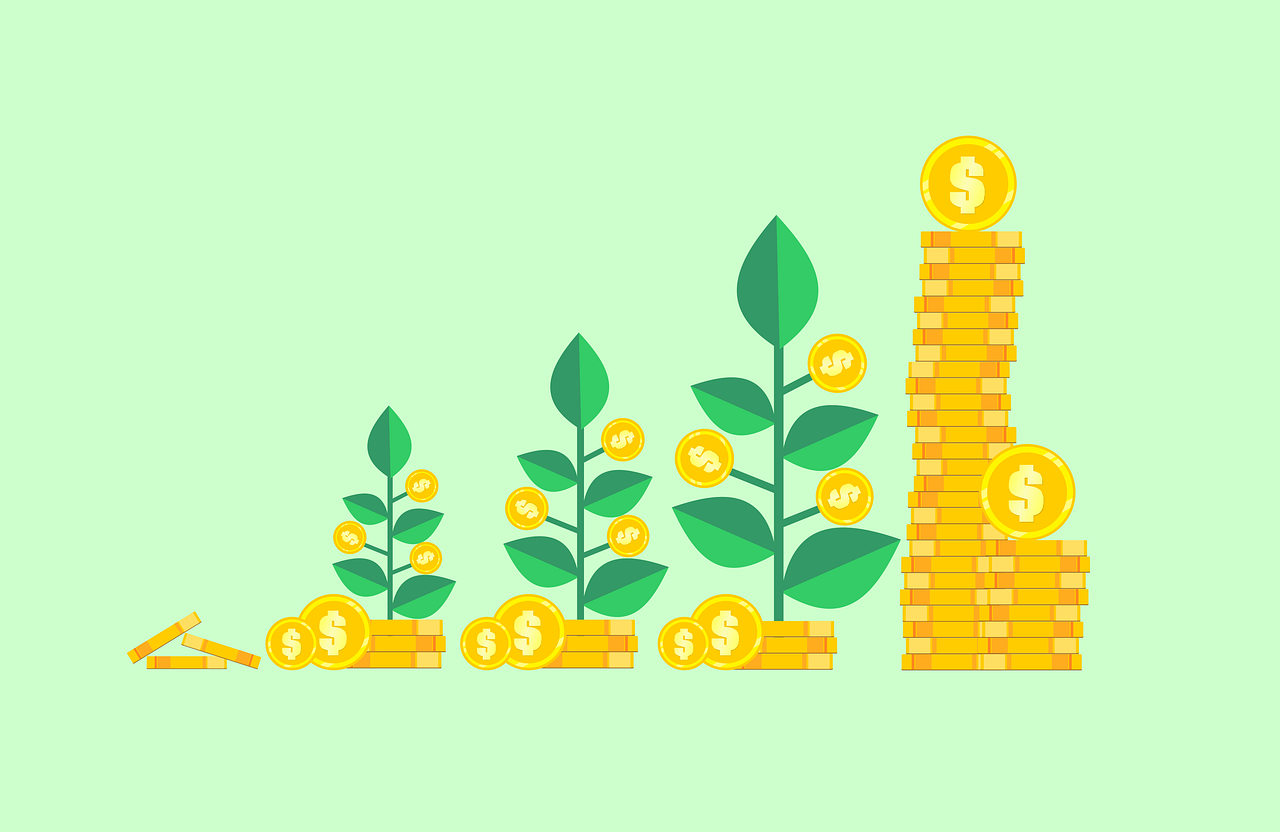How to Build an Emergency Fund: Your Safety Net for Life’s Unexpected Moments

Disclosure: This post may contain affiliate links. I could earn a commission if you make a purchase through these links, at no extra cost to you. Refer to my Affiliate Disclosure for details.
Life is full of surprises, and while some can be delightful, others can hit like a ton of bricks—think sudden car repairs, medical emergencies, or even job loss. What if I told you there’s a way to face these challenges without breaking a sweat? Enter the emergency fund: your financial superhero.
Why an Emergency Fund is Essential
Picture this: your car breaks down on a rainy Monday morning, and the repair bill is a jaw-dropping $1,200. Without an emergency fund, you might scramble to cover the cost, possibly dipping into your savings or racking up credit card debt. But with a well-stocked emergency fund, you can handle this hiccup with ease, knowing you’re covered.
“But I Don’t Have Enough Money to Save!”
I hear you—saving money can seem daunting, especially if you’re living paycheck to paycheck. However, building an emergency fund doesn’t require a massive upfront investment. It’s about taking small, consistent steps. Imagine if you saved just $20 a week. In a year, you’d have over $1,000! It’s not about the amount; it’s about the habit.
The Simple Steps to Build Your Emergency Fund
1. Set a Realistic Goal
First things first, determine how much you need. A general guideline is to aim for savings that cover three to six months of living expenses. If that sounds overwhelming, start smaller. Even having $500 to $1,000 set aside can make a significant difference.
2. Create a Budget
Understanding where your money goes is crucial. Monitor your spending for a month to pinpoint areas where you can reduce expenses. Do you really need that daily $5 coffee? By making small adjustments, you can free up money to funnel into your emergency fund.
3. Automate Your Savings
One of the easiest ways to save is to automate it. Set up a direct deposit from your paycheck into a separate savings account dedicated to your emergency fund. This way, you won’t even miss the money because it never hits your checking account.
4. Start Small and Be Consistent
You don’t need to save hundreds of dollars at once. Start with what you can afford, even if it’s just $10 or $20 a week. The key is consistency. Over time, these small amounts will add up.
5. Use Windfalls Wisely
Got a tax refund, bonus, or birthday cash? Instead of splurging, consider putting a portion of it into your emergency fund. These surprising windfalls can significantly boost your savings.
“What If I Need to Dip Into My Savings?”
It’s natural to worry about needing to use your emergency fund for non-emergencies. Here’s the trick: create a clear definition of what constitutes an emergency. Is it an essential, unexpected expense? If not, resist the urge to dip in.
Keep Your Fund Accessible but Separate
Your emergency fund should be easily accessible, but not so easily that you’re tempted to dip into it for non-emergencies. A high-yield savings account is a great option—it keeps your money separate and earns a bit of interest.
What Happens When You Don’t Have an Emergency Fund?
Imagine navigating life’s financial twists and turns without a safety net. Next time, we’ll dive into the potential pitfalls of not having an emergency fund and how it can lead to a cycle of debt. But for now, let’s focus on building your buffer.
Your Peace of Mind is Worth It
Building an emergency fund might seem like a challenge, but it’s one of the most empowering financial moves you can make. Start small, stay consistent, and remember: you’re creating a cushion that will let you face life’s surprises with confidence and calm. Your future self will thank you!
Disclosure: This post may contain affiliate links. I could earn a commission if you make a purchase through these links, at no extra cost to you. Refer to my Affiliate Disclosure for details.
